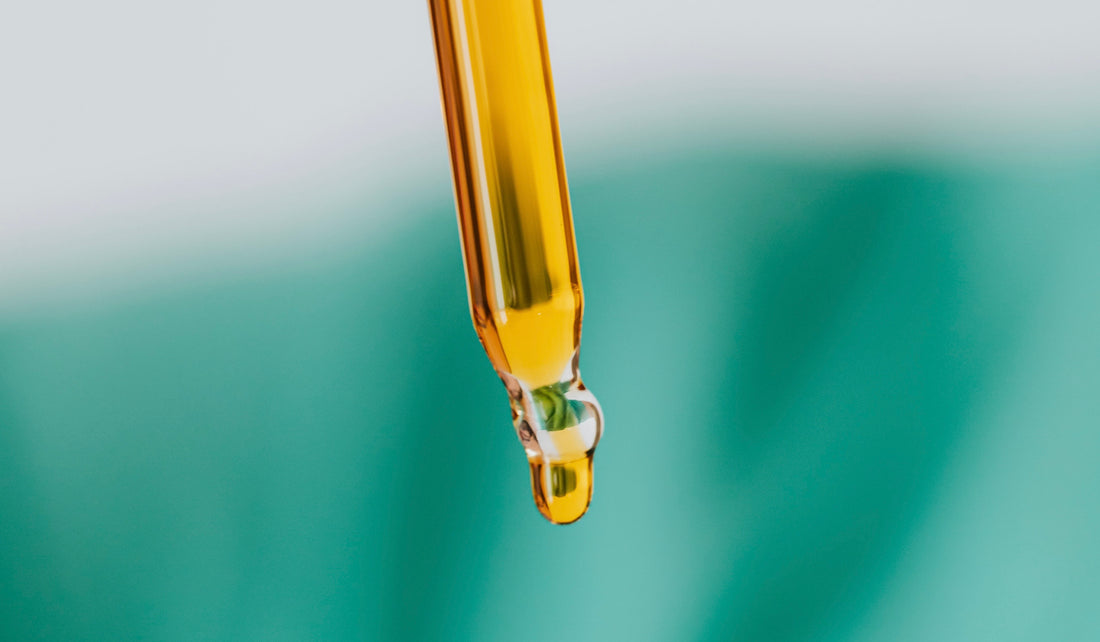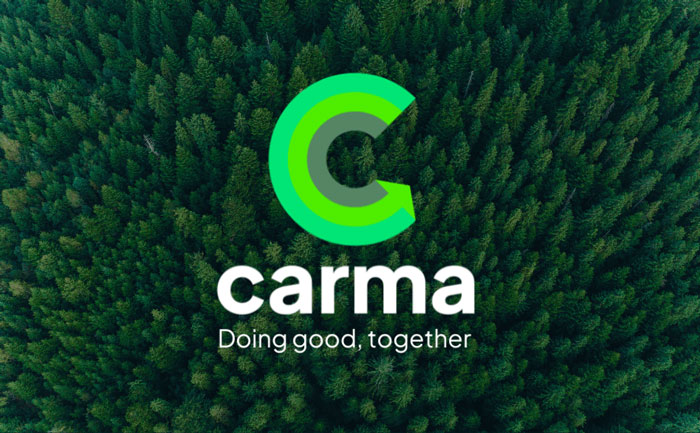Essential Oil of the Month:
Ylang Ylang
Steam distillation is used to extract the essential oil, and there are three recognised grades (one, two and three) depending on when the oil was obtained. Grades one and two of the extract are normally used in perfumery, while grade three is reserved for pure essential oil used in aromatherapy.
-
What does it smell like?
There are several compounds in ylang ylang which contribute to its rich and distinctive fragrance. Most notable is linalool, a natural alcohol whose pleasant, floral and fresh fragrance is very popular in aromatherapy, and used to attain relaxation and combat feelings of anxiety.
- Why should I use it?
The smell of ylang ylang oil in aromatherapy is used for memory and thinking skills. In foods and beverages, ylang ylang oil is used as a flavoring. In manufacturing, it is used as a fragrance for cosmetics and soaps.
Help transform your dreary mood to a cheery mood by using Ylang Ylang essential oil. Whenever you are feeling down or stressed, apply a few drops of Ylang Ylang essential oil to the back of your neck for a calming and uplifting effect. Due to one of Ylang Ylang oil’s main chemical constituents, germacrene, the oil contains natural ability to soothe. Ylang Ylang is also known for its uplifting effects and is a great oil to apply when in need of an elevating boost.

- Where does it come from?
- Did you know!?
Ylang ylang can also improve skin health. It normalises the secretion of sebum in the skin, and helps with skin complaints including acne whilst diminishing scars and stretch marks. There’s also been some success in using ylang ylang to treat the symptoms of alopecia.
- What's it good for?
Ylang ylang is favoured by aromatherapists for its broad range of benefits. For centuries, it’s been used as a means of easing symptoms of stress and anxiety. Samoan islanders are known to have used it in their homes, both for relaxation and as a natural aphrodisiac.
The oil is known to reduce symptoms of depression and help build a positive mindset. Some aromatherapists also cite ylang ylang as being one of the best natural extracts for helping people cope with anger and a low mood.
Another recently-discovered benefit of ylang ylang is the extract’s ability to lower high blood pressure. According to a recent study, ylang ylang can prove helpful in lowering blood pressure, treating hypertension and other associated heart problems.

- Five Fun Facts
Ylang ylang is heralded as one of the best natural extracts for heart health. It is reputed to increase blood flow, heal symptoms of cardiac problems and regulate heartbeat.
1) Ylang ylang essential oil is sometimes prescribed to prevent insomnia and cure chronic fatigue syndrome. Therefore, burning an ylang ylang scented candle or placing a reed diffuser in your bedroom can promote healthy sleep.
2) Used topically on reflex points throughout the body, studies reveal that ylang ylang can help prevent cell damage. So it’s often prescribed to people suffering from diabetes.
3) The name ylang ylang stems from the Tagalog language of Austronesia, and literally means ‘flower of flowers’. This may be due to the large, heavily scented blooms which the trees produce in the warmer months.
4) A proven aphrodisiac. Ylang ylang petals are scattered on the beds of Indonesian newlyweds on their wedding night as a token of love and affection.
5) In rare cases, exposure to ylang ylang can cause headaches if the quantity of oil is too high or used neat. This is due to the oil’s powerful, floral scent.
- How can I use the oil in my weekly routine?
1) Soak your stresses away with an incredible bath that will invigorate your senses and promote relaxation. For an ultimate bath experience, put Ylang Ylang essential oil into an Epsom salt bath. Due to the calming and soothing properties of Ylang Ylang oil, this bath will be just what you need to help you unwind after a long day.
2) Create the perfect massage blend for de-stressing with Ylang Ylang essential oil. Massages are a great way to help relax tense muscles and feelings and incorporating Ylang Ylang into your massage will provide the ultimate relaxing experience. Ylang Ylang is known and valued for its ability to soothe and calm the mood while also providing an uplifting effect. To create a powerful and effective massage blend that helps reduce the effects of daily stresses, add several drops of Ylang Ylang to Coconut Oil and massage into your back and shoulders.
3) Give your skin a little TLC with a Ylang Ylang essential oil aromatherapy steam facial. Steam facials are great for your skin. The heat from the steam helps open pores and, in the process, release bacteria and dirt from your skin. Including Ylang Ylang in your steam facial will help promote healthy looking skin and will also add a sweet scent to your DIY facial care.

- How can it help me?
Getting overwhelmed and stress levels rising? Feel tension and anxiety slip away Ylang Ylang paired with orange compliment patchouli's grounding effect.
Try combining 2 drops of Ylang Ylang with 2 drops Patchouli and 5 drops of orange with a carrier oil such as grape-seed oil or almond oil.
If you suffer from panic attacks try blending together 2 drops of Ylang Ylang oil with 4 drops of Lavender. Inhale the mixture either from a facecloth or drop the oils in a bowl of hot water. The oils together act to slow rapid breathing and to calm palpitations.
Rub a drop of Ylang Ylang onto your wrist or on your jumper sleeve to help combat the effects of stress.
- What do I do with it?
Create an aura of calm and regulate breathing during yoga or meditation by adding 2 drops of Ylang Ylang and 6 drops of grapefruit oil to a vaporiser or diffuser.
Soothe feelings of frustration and anger with a relaxing aromatic bath containing 2 drop of Ylang Ylang are Rose oil and 4 drops of Lavender oil. Relax in a bath nd allow the Ylang Ylang oil to rid you of frustration.
- Folklore Fun!
Ylang Ylang is Malayan for ‘flower of flower’ and in Indonesia, where it grows, the flowers as scattered on the beds of newlyweds as an aphrodisiac.
A gift of Ylang Ylang is considered a declaration of love. This idea has spread to witchcraft and voodoo, where Ylang Ylang is used in spells to attract love.
Wearing a garland of the flowers is said to confer strong protection against malevolent spirits. Coconut oil steeped with Ylang Ylang was applied by massage to heal a person being attacked by evil spirits.
Ylang Ylang oil is found in our range of blended oils:
Self Soother, Sleep Well and Love Potion.
Available as Bath Bombs, Wax Melts and Bath Salts.



